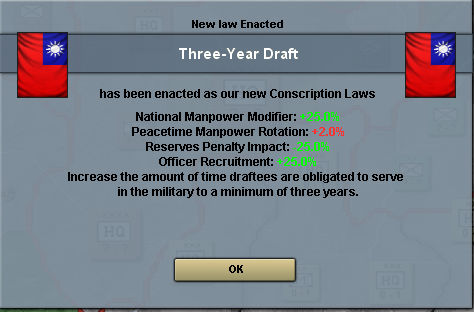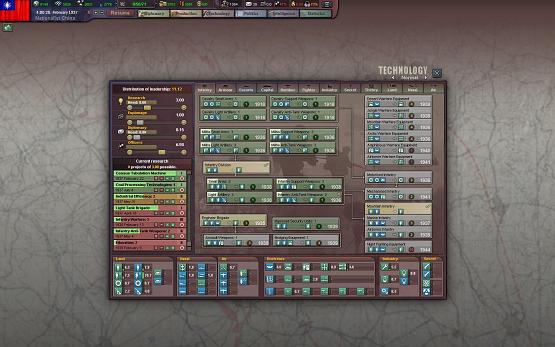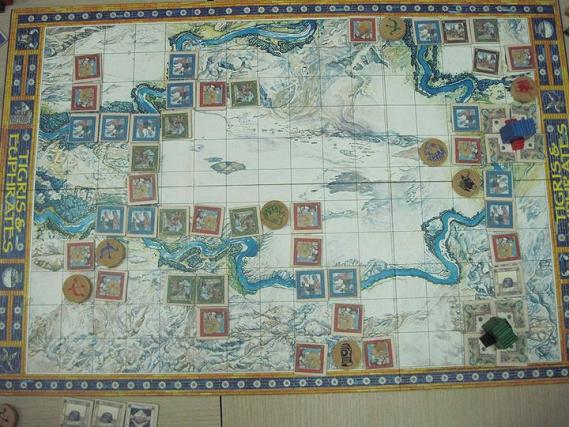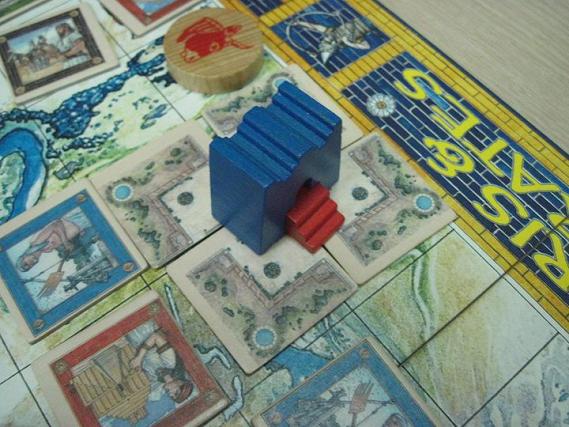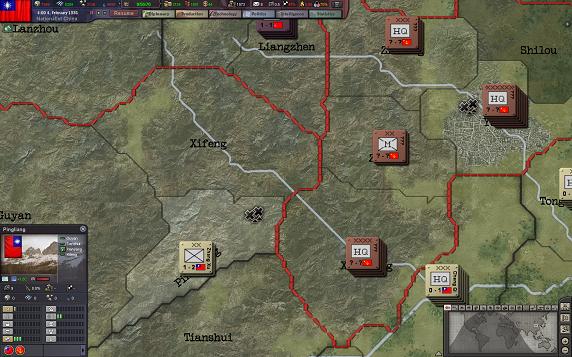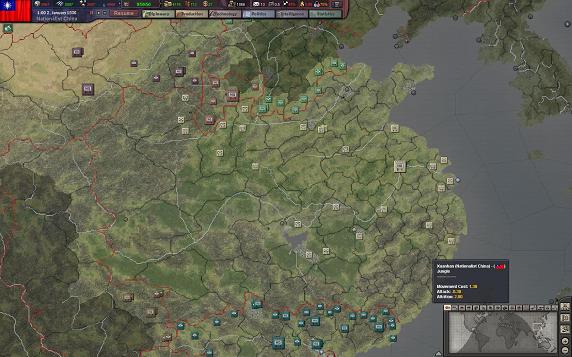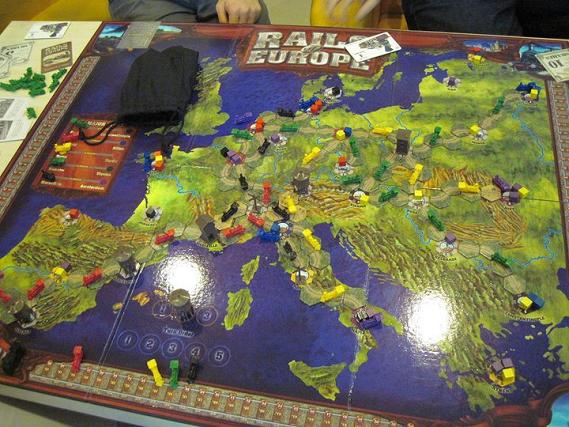
Oddly enough, of all the Knizia games I’ve played, the auction games stick out the most for me because at least in their case the mechanics match up with the theme. Okay, Ra is still a bit weird, but both High Society and Modern Art are light games with relatively simple rules that intuitively reflect their subject matter very well. Some quick notes about the theme and the rules that I find amusing:
- It’s a game about auctioning piece of modern art, yet it doesn’t use real-world artist and artworks, which is a bit disappointing. Obviously the issue is licensing. Getting permission to use pictures of real-life examples of modern art would be prohibitively expensive and no self-respecting artist would want their work to be associated with a board game like this anyway. But they could at least make them more recognizable parodies of existing works.
- Knizia could have gotten around this by using images of classic art, changing the theme, but perhaps he consciously intended this game to be a critique of modern art? After all, prices of well-known classic works don’t fluctuate that much. Perhaps Knizia meant to use this game’s mechanics to point out how some artists in the modern art become fashionable and have the value of their work go up to stratospheric heights simply because of the hype? Then after a while the hype dies down and they could become worthless.
